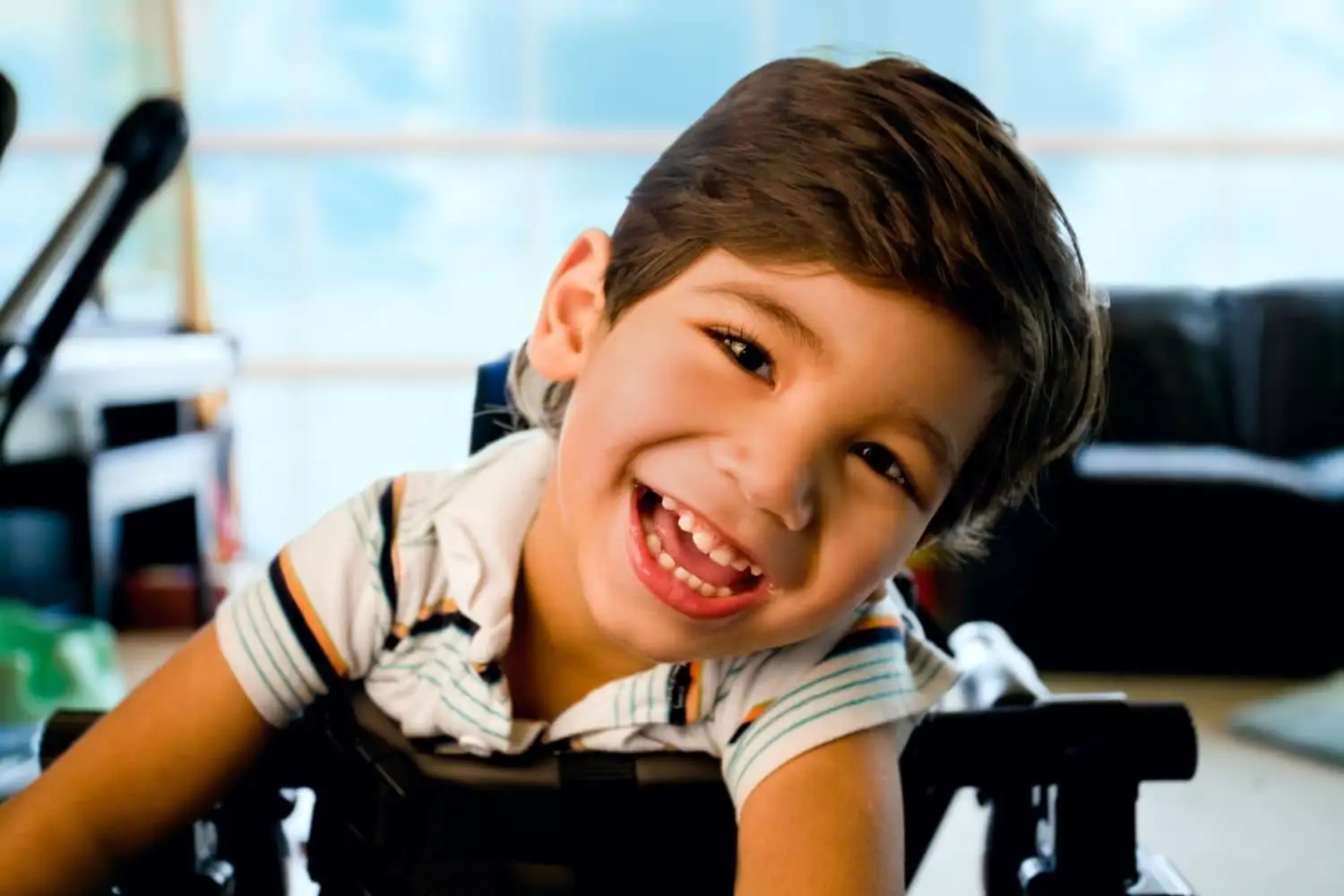World Cerebral Palsy Day aims to celebrate the achievements of individuals who live with the disability. In SA, it is said that for every 1 000 babies born in a year, about 10 will have CP.
What is Cerebral Palsy?
Cerebral Palsy is a developmental disability that affects children’s capacity to control their movements and posture. Children with CP have weaker muscles during the first few months of their lives, and later these muscles start to stiffen. Other common symptoms include repetitive movement, shakiness and problems with balance.
Dr Thembi Katangwe, a paediatric neurologist at Tygerberg Hospital and Stellenbosch University explains when CP can occur.
“CP occurs when there is injury to the developing brain either during pregnancy, during birth or during the first few years of life, especially less than two years. This injury causes problems with brain development in parts that are responsible for muscle movement in different parts of the body.”
Different types of CP
There are three different types of CP. And most children usually have a combination of two or more types:
- Spastic CP: This is the most common type of CP and these cases have stiff and tight muscles. The stiffness is due to the failure of messages from the brain that instruct the muscles on how to work smoothly.
- Dyskinetic CP: This is the second most common type. And children with this CP have lots of involuntary movements such as twisting or writhing. These movements are often repetitive and can be worsened by anxiety or pain.
- Ataxic CP: These cases have shaky and unsteady movements. Children may have tremors and struggle to balance.
“Detecting early signs of CP in a child that has had brain injury is very important. Studies have shown that children that have been diagnosed with CP before the age of one year, have a better prognosis than those that are identified later. This is because the children who have been diagnosed early have the benefit of starting therapy early. As a result, these children may not have severe CP compared to children that have started their therapy later. CP can be confirmed from as early as 6 months. It is therefore essential that children with suspected CP are assessed early so that they can start their therapy promptly,” said Dr Katangwe.
The importance of Cerebral Palsy Registries
CP registries are computerised databases containing information about persons living with this developmental disability in a particular area.
The aim of the database is to analyse the information and motivate interventions that can improve the livelihood of CP patients.
“Today, these registries have an important role in studying the causes of CP, evaluating the best therapeutic interventions, assessing patients’ quality of life, and driving the organisation of healthcare services for children and adults with CP.”
Media Statement: World Cerebral Palsy Day: What You Need to Know
